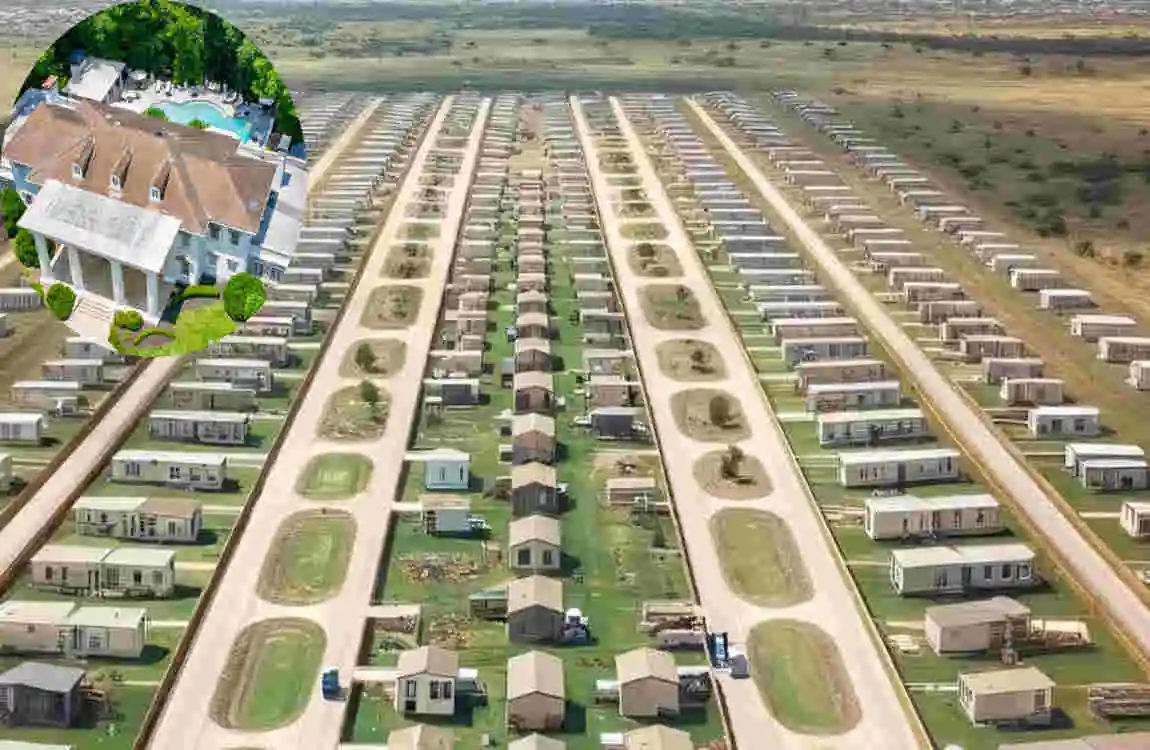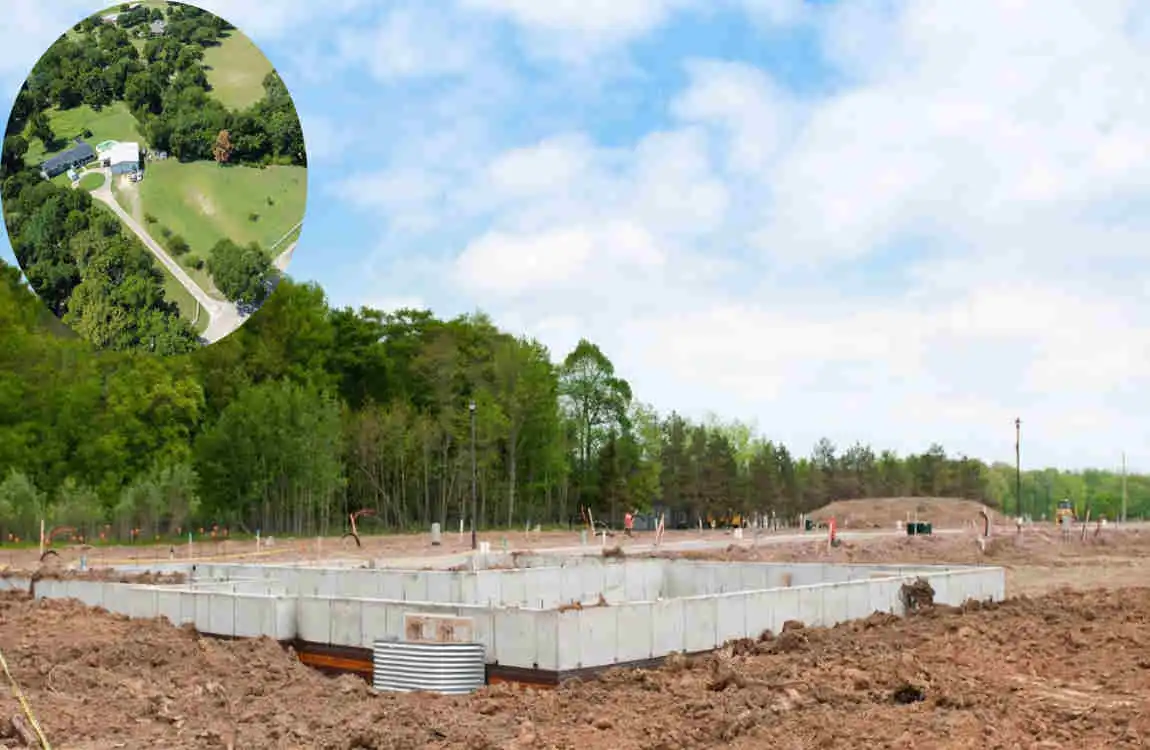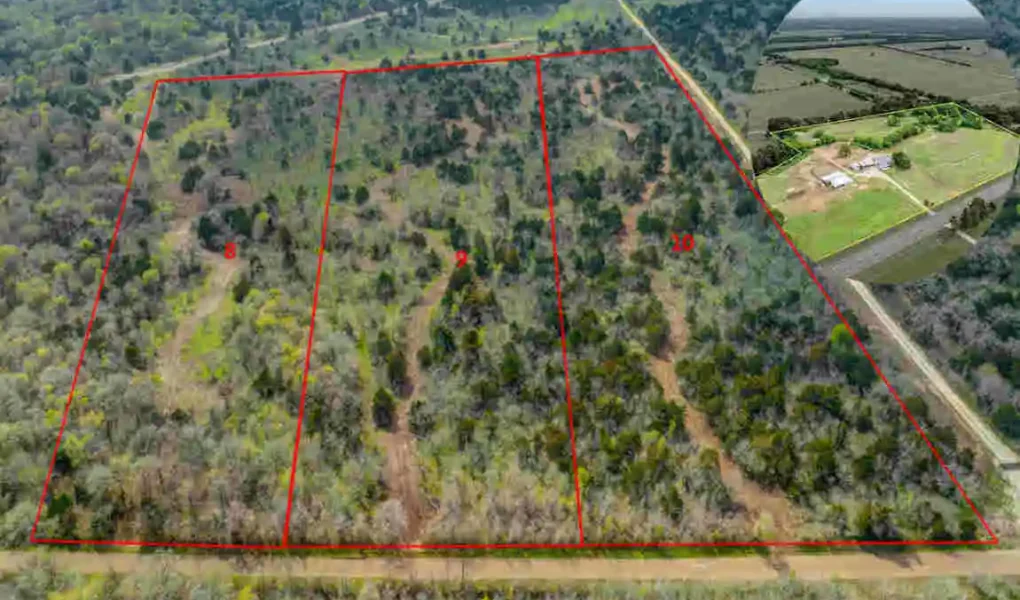The factors affecting land needs for mobile homes include the size of the mobile home itself, local zoning and municipal regulations, the shape and condition of the land, and the need for utilities and access. The land must be large enough not only to fit the mobile home but also to provide proper clearance around it for installation, safety, and legal compliance. Typically, at least a quarter acre is recommended, but local laws and specific circumstances can increase this requirement.
Benefits of Living in a Mobile Home

Living in a mobile home offers flexibility and convenience. You can move your residence to new locations without the hassle of traditional real estate transactions.
Affordability is another significant advantage. Mobile homes typically cost less than conventional houses, allowing for more financial freedom. Lower monthly payments mean you can allocate funds elsewhere, like travel or savings.
Space efficiency plays a key role as well. Many modern mobile homes feature clever designs that maximize every square inch, providing comfortable living areas with minimal upkeep.
Community is often vibrant in mobile home parks. Residents frequently bond over shared experiences and activities, fostering friendships that make life enjoyable.
Factors That Affect Land Needs for Mobile Homes
When considering land needs for mobile homes, zoning regulations play a crucial role. Different areas have specific laws dictating where mobile homes can be placed. It’s essential to research local zoning codes before purchasing land.
You may also read (how to change a name on a house deed easily).
Local building codes are another factor that impacts your options. These guidelines often specify construction standards and safety requirements unique to mobile home setups. Compliance with these codes is necessary for obtaining permits.
Lot size and shape also matter significantly. A narrow or oddly shaped lot may limit placement options, affecting accessibility and livability.
Zoning Regulations
The zoning regulations play an important role in determining where mobile homes can be built. These rules vary significantly from one municipality to another, making thorough research essential.
Local governments designate specific areas for residential use, commercial activities, or agricultural purposes. If you plan to set up a mobile home, you’ll want to ensure that the land falls within the appropriate zoning category.
Some regions may have restrictions on how many homes can occupy a lot or impose minimum square footage requirements. Understanding these nuances helps avoid costly mistakes down the line.
Local Building Codes
Local building codes play a crucial role in determining how and where you can place a mobile home. These codes are set by municipalities to ensure safety, quality, and compliance with regional standards.
Each area has its own unique regulations. Some may require specific foundation types or structural support systems tailored for local weather conditions. Understanding these requirements is essential before making any land investment.
Lot Size and Shape
When selecting land for a mobile home, lot size and shape play crucial roles. A spacious lot gives you the freedom to expand or add outdoor features. However, smaller lots can still be functional if planned wisely.
The shape of the lot is equally essential. Rectangular parcels typically provide easier layouts than oddly shaped ones. An irregularly shaped lot may limit where you can place your mobile home and complicate utility installations.
Utilities and Infrastructure
Utilities and infrastructure are crucial when considering land for mobile homes. Access to essential services can significantly affect your living experience.
Water supply is often the first concern. A reliable source of clean water is necessary not only for daily use but also for sanitation. If municipal water connections aren’t available, you may need a well or alternative solutions.
Electricity comes next on the list. Check if the land has connections to local power grids. Otherwise, solar panels or generators might be needed, which come with their own costs and maintenance considerations.
Tips for Choosing the Right Land for a Mobile Home

Choosing the right land for your mobile home can make all the difference in your living experience. Start by assessing your needs. Consider factors like proximity to work, schools, and essential services.
Evaluate local zoning laws to ensure that mobile homes are permitted on the land you’re considering. This step is crucial to avoid any potential legal complications in the future.
Think about accessibility as well. A plot that’s hard to reach during bad weather may become a hassle over time.
Common Misconceptions About Mobile Homes on Private Land
Many people have a skewed perception of mobile homes, especially when it comes to placing them on private land. One common misconception is that they decrease property values. In reality, well-maintained mobile homes can enhance the overall value of a property.
Another myth suggests that living in a mobile home means sacrificing comfort. Modern designs offer spacious layouts and high-quality amenities that are comparable to those found in traditional houses.
Some believe zoning regulations make it impossible to place a mobile home on private land. While local laws vary, many areas allow for this with proper permits.
Alternative Housing Options for Those with Limited Land Availability
For those facing land constraints, several alternative housing options exist. Tiny homes have surged in popularity, offering a compact living space without sacrificing style or comfort. These homes can often be placed on smaller lots and may even be mobile.
Another option is container homes, constructed from repurposed shipping containers. They are sturdy and can be designed to fit various aesthetics while maximizing limited space.
Co-housing communities also present an innovative approach. Residents share common areas while maintaining their private spaces, promoting a sense of community and reducing individual land needs.
You may also read (understanding fafsas role in housing support).




